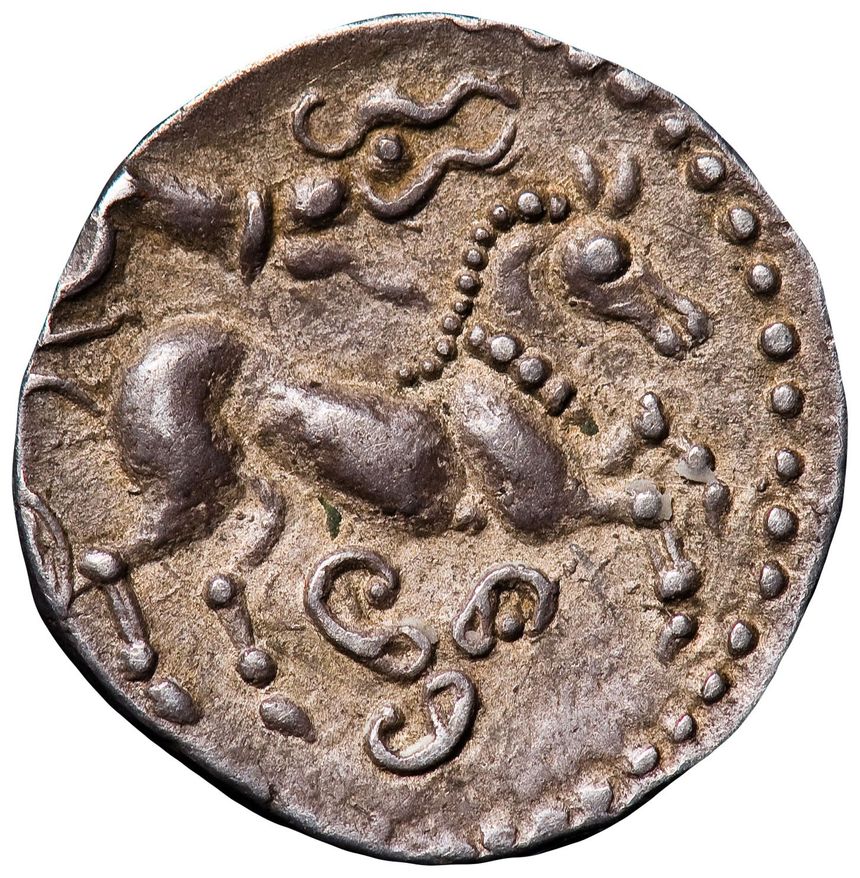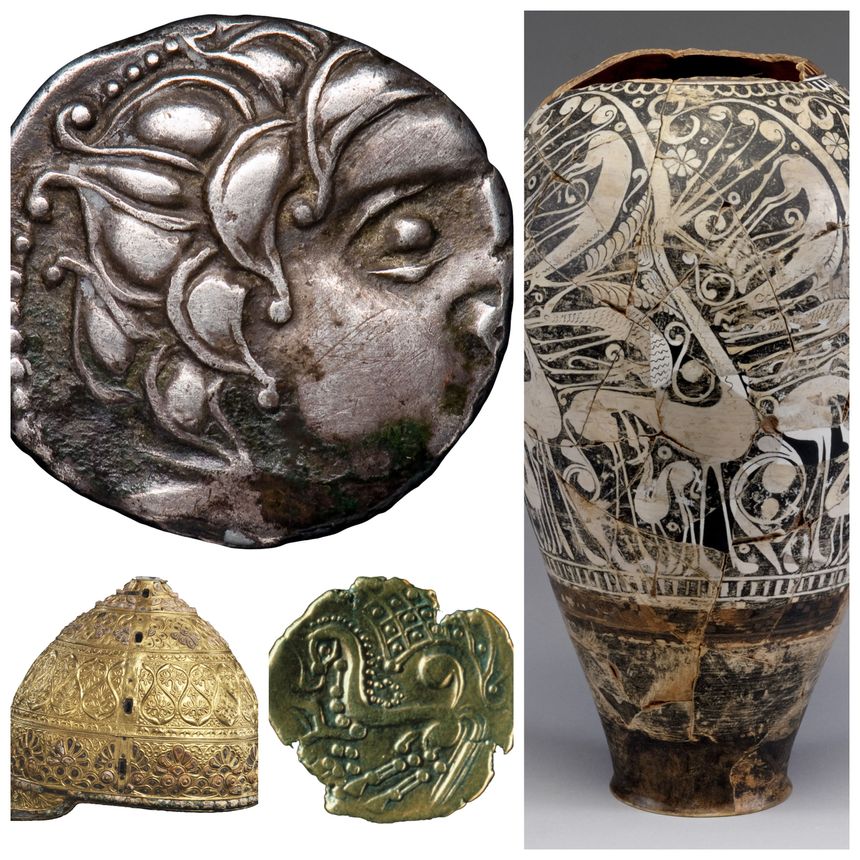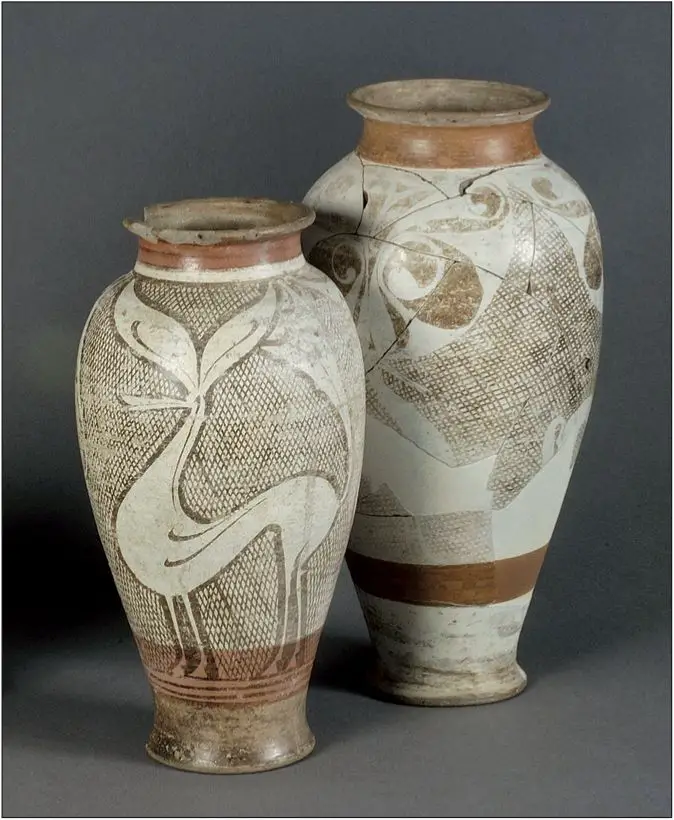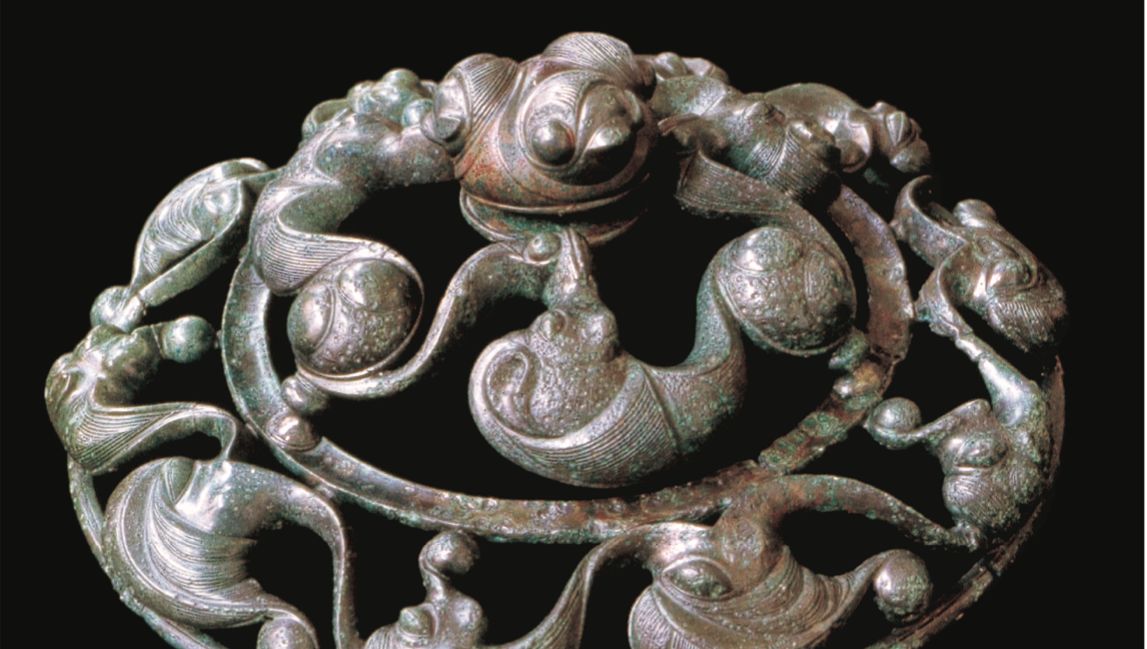The magazine of archeology looks at the discovery of 40 years of Celtic archeology, to better perceive this society in a new light.
The Celts, 750 years of history… and archeology
From the 5th century BC, the Celts designate, for the Greek authors, all of the western populations of the northern Alps. While their powerful Mediterranean neighbors certainly exerted an influence on the Celts, the latter developed a society and a way of life that sometimes followed the same paths, but sometimes completely diverged, particularly with regard to writing, urbanization , the state…
In the 6th and 5th centuries BC, Gallic society was dominated by princes. From France to Bohemia, cities were created bringing together around the princes, many craftsmen, this is the case of Bourges, Lyon, Vix in Burgundy, Heuneburg in Württemberg.

In the 4th century BC, society was dominated by aristocrats, who were less wealthy but more numerous than previously. Celtic art reached its maturity at this time, to see some of its objects, including the famous Roissy disc, now kept in the National Archeology Museum. Agricultural production is growing, served by a diversification of iron tools and the invention of rotary mills. This period, between 450-300 BC, is when the Celts were most powerful: their warriors were hired by the Greeks as mercenaries; they colonize the Danube valley and even present-day Turkey. It was at this time of expansion that the Celts crossed the Alps and penetrated to the heart of northern Italy. Around 400 BC, they settled, for example, in the region of Bologna, south of the Po. They then form a multi-ethnic society with indigenous, Etruscan and Italic populations.
From the 2nd century BC, craft activities developed. Agglomerations are forming at major natural crossroads. Thanks to the first currencies, we exchanged objects made of iron, bronze, glass, wine imported from Italy, salt, cereals and meat. Soon, between Brittany and Bohemia, nobles, craftsmen and farmers together created real cities, the opida.

1 site every 10 km²?
In the computerized database of archaeologists, more than 15,000 Iron Age sites are listed. Their density, in the current state of knowledge, would therefore be one habitat per 10 km²: the Gallic Celts really did not live in the depths of the woods!
Through excavations, archaeologists have thus reconstructed a history, the chronology of which can now be written within 10 years, a history which allows the confrontation of ancient textual sources with archaeological realities.

Carbone 14, the magazine of archeology
32 mins
Carbone 14, the magazine of archeology
30 mins
For further
Page to the virtual exhibition
Reinventing the Celts. Forty years of research on the history and culture of the Celts, offered under the aegis of the Ecole Normale Supérieure and the EPHE, and exhibited until March 31, 2023 at the Campus Condorcet, in Aubervilliers. Presentation on the
Inrap website.
>> Olivier Buchsenschutz
• Its presentation on the site
Babelio and on the website of
PUF editions.
• To watch, a lecture by Olivier Buchsenschutz,
the Art of the Celts and the Gauls in Saint Dizier during the spring of archeology, in 2019.
>> Katrine Gruel
• Its presentation on the website of
CNRS AOrO laboratoryc (Archaeology and Philology of the East and West), and on the
ENS website.
- Presentation page of their joint work,
Reinventing the Celtspublished by Hermann in 2019 (publisher’s website).
- >> Bibliography on the Celts
- Olivier Buchsenschutz,
Celtic Europe in the Iron Age (PUF editions, 2015).
- Wenceslas Kruta,
The Celts, History and Dictionary (Robert Laffont editions, 2000).
- Christian Goudineau and Christian Peyre,
Bibracte and the Aedui. Discovering a Gallic people (Errance & Picard editions / Actes Sud 1993).
- To start on the subject
- F. Muller,
The art of the Celts. From 700 BC to 700 AD (published by the Bern Historical Museum)
- Patrick Pion,
Celts and Gauls (Fleurus editions, 2006).

